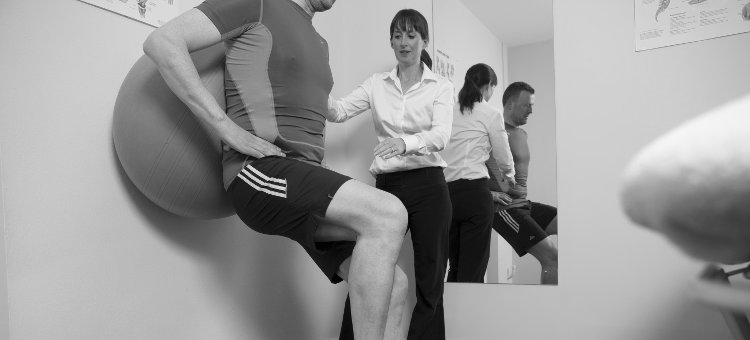Exercise comes in many forms – specific exercises for improving flexibility, strength or endurance for specific muscles or groups, proprioception or balance exercises for improving joint awareness e.g. after an ankle sprain, aerobic exercise for improving cardiovascular fitness; to name just a few.
The best effects with exercise are seen when it is specifically prescribed for an individual and is overseen by a clinician. Exercise is also the most effective way of preventing recurrence of many musculoskeletal conditions e.g. low back pain.
At IONA Physiotherapy, you will receive a bespoke exercise plan based on a detailed musculoskeletal assessment and your diagnosis, to help you achieve your treatment goals; whether that goal is to return to high level sport or dance following an injury or to simply return to work-related activities.






